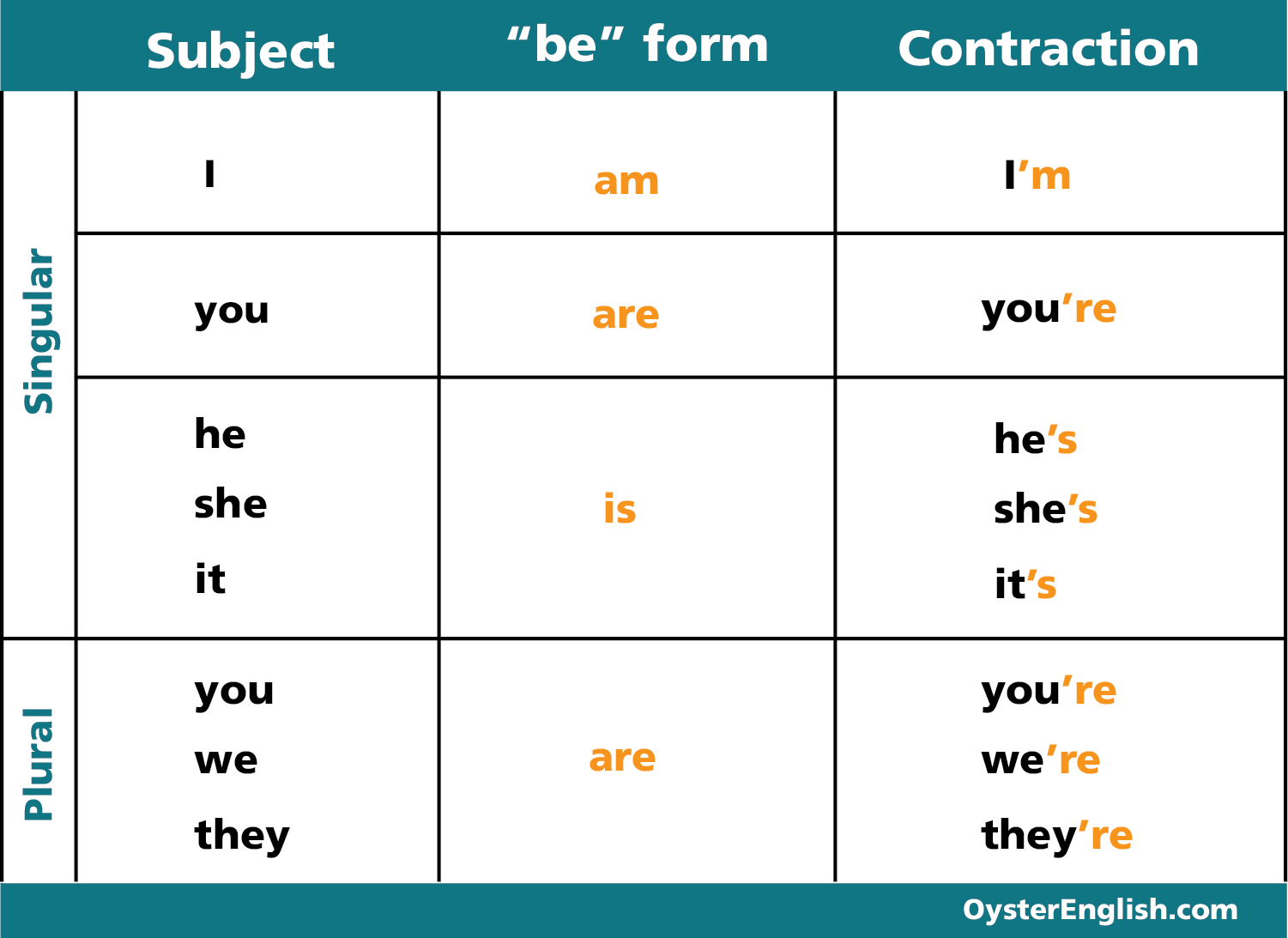Present Simple E Present Continuous Schema

Ciao! Questo articolo è pensato per tutti gli studenti di inglese, dai principianti agli intermedi, che desiderano comprendere a fondo e distinguere chiaramente l'uso del Present Simple e del Present Continuous. Spesso, questi due tempi verbali creano confusione, ma con questo schema dettagliato e esempi pratici, diventerà tutto più semplice e intuitivo.
Present Simple: L'Abitudine e la Verità
Il Present Simple è il tempo verbale che utilizziamo per esprimere:
- Abitudini e routine: Azioni che compiamo regolarmente.
- Fatti generali e verità universali: Informazioni sempre vere.
- Orari programmati: Eventi che seguono un calendario o un orario preciso.
- Stati permanenti: Situazioni che durano a lungo.
La struttura del Present Simple è piuttosto semplice:
- Affermativa: Soggetto + Verbo (forma base) – Attenzione alla terza persona singolare (he/she/it) che aggiunge una "-s" al verbo.
- Negativa: Soggetto + do/does + not + Verbo (forma base)
- Interrogativa: Do/Does + Soggetto + Verbo (forma base)?
Esempi Pratici
Vediamo alcuni esempi per rendere il concetto più chiaro:
- Abitudine: I drink coffee every morning. (Bevo caffè ogni mattina.)
- Fatto generale: The sun rises in the east. (Il sole sorge a est.)
- Orario programmato: The train leaves at 10:00 AM. (Il treno parte alle 10:00.)
- Stato permanente: She lives in Rome. (Lei vive a Roma.)
Parole chiave spesso associate al Present Simple includono: always, usually, often, sometimes, rarely, never, every day/week/month/year, on Mondays/Tuesdays/etc.. Queste parole ci indicano la frequenza con cui un'azione viene compiuta.
Present Continuous: L'Azione nel Momento
Il Present Continuous, chiamato anche Present Progressive, si usa per esprimere:
- Azioni che stanno accadendo nel momento in cui si parla: Ciò che stiamo facendo "ora".
- Azioni temporanee: Situazioni che durano per un periodo limitato di tempo.
- Piani futuri già definiti: Accordi che abbiamo preso per il futuro prossimo.
- Azioni che cambiano o si sviluppano: Situazioni in evoluzione.
La struttura del Present Continuous è:
- Affermativa: Soggetto + am/is/are + Verbo + -ing
- Negativa: Soggetto + am/is/are + not + Verbo + -ing
- Interrogativa: Am/Is/Are + Soggetto + Verbo + -ing?
Esempi Pratici
Analizziamo alcuni esempi per comprendere meglio:
- Azione in corso: I am writing an email right now. (Sto scrivendo una email in questo momento.)
- Azione temporanea: He is staying with his parents for a few weeks. (Sta alloggiando con i suoi genitori per qualche settimana.)
- Piano futuro definito: We are meeting John tomorrow. (Incontriamo John domani.)
- Azione in evoluzione: The climate is changing rapidly. (Il clima sta cambiando rapidamente.)
Parole chiave che spesso accompagnano il Present Continuous sono: now, right now, at the moment, currently, these days.. Queste parole ci indicano che l'azione è limitata nel tempo.
Il Confronto: Quando Usare Cosa?
La chiave per distinguere il Present Simple dal Present Continuous sta nel capire se l'azione è abituale/permanente (Present Simple) o temporanea/in corso (Present Continuous).
Considera questi esempi:
- Present Simple: She works in a bank. (Lei lavora in una banca – è il suo lavoro abituale.)
- Present Continuous: She is working from home today. (Lei sta lavorando da casa oggi – è una situazione temporanea.)
Un altro esempio:
- Present Simple: I play tennis on Saturdays. (Gioco a tennis il sabato – è la mia routine.)
- Present Continuous: I am playing tennis this afternoon. (Gioco a tennis questo pomeriggio – è un piano specifico.)
Verbi di Stato vs. Verbi di Azione
Un aspetto importante da considerare sono i verbi di stato (state verbs). Questi verbi descrivono stati, sensazioni, opinioni, possesso, e generalmente non si usano nella forma continua (Present Continuous). Esempi di verbi di stato sono: to be, to have, to know, to believe, to like, to love, to hate, to understand, to remember, to want, to need.
Ad esempio, è corretto dire:
- I know the answer. (So la risposta.) – Non si dice: I am knowing the answer.
- She likes chocolate. (A lei piace il cioccolato.) – Non si dice: She is liking chocolate.
Tuttavia, alcuni verbi possono avere sia un significato di stato che di azione, e in questo caso possono essere usati sia al Present Simple che al Present Continuous, con significati diversi:
- To think (pensare):
- Present Simple: I think it's a good idea. (Penso che sia una buona idea – opinione.)
- Present Continuous: I am thinking about what you said. (Sto pensando a quello che hai detto – processo mentale.)
- To have (avere):
- Present Simple: I have a car. (Ho una macchina – possesso.)
- Present Continuous: I am having dinner. (Sto cenando – azione.)
Esercizi per la Pratica
Per mettere in pratica quanto appreso, prova a completare le seguenti frasi scegliendo tra Present Simple e Present Continuous:
- She (read) ______ a book every night before bed.
- They (travel) ______ to Italy next summer. (already planned)
- He (not/like) ______ spicy food.
- What (you/do) ______ right now?
- The earth (revolve) ______ around the sun.
Risposte: 1. reads, 2. are traveling, 3. doesn't like, 4. are you doing, 5. revolves.
Consigli Finali
Ricorda, la chiave per padroneggiare il Present Simple e il Present Continuous è la pratica costante. Non aver paura di fare errori: sono parte del processo di apprendimento. Cerca di utilizzare questi tempi verbali nelle tue conversazioni e nei tuoi scritti. Ascolta attentamente come gli anglofoni li usano e prendi nota. Con il tempo e la dedizione, diventerai sempre più sicuro nel loro utilizzo.
Spero che questo schema ti sia stato utile per comprendere meglio il Present Simple e il Present Continuous. Se hai domande, non esitare a chiedere!








